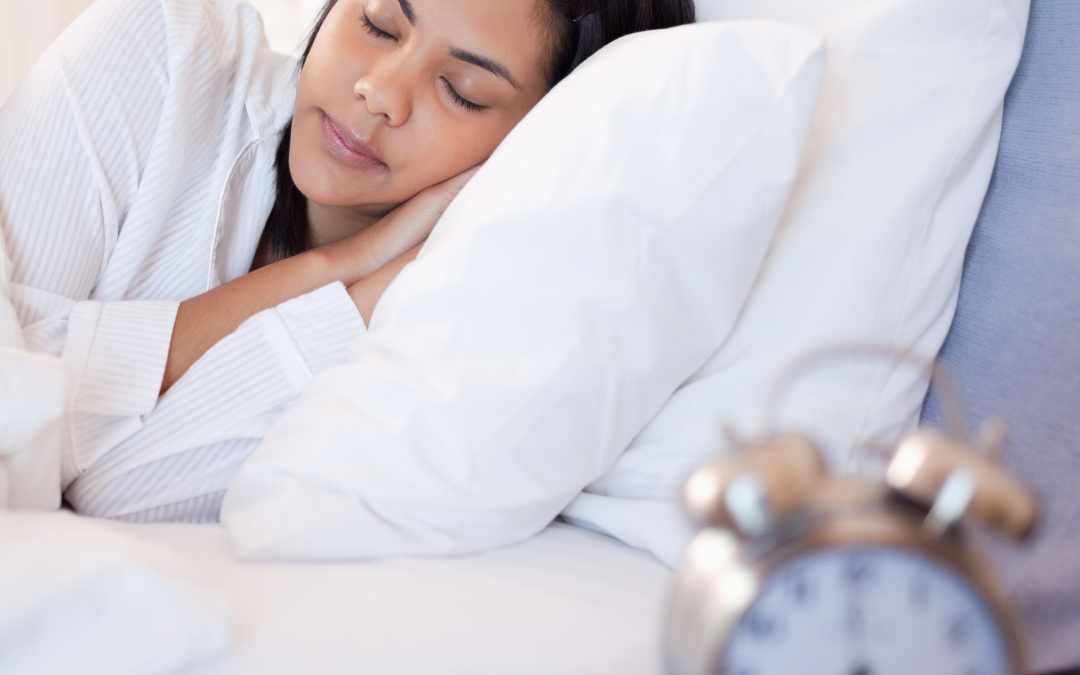We are creatures of habit.
Do you sleep in the same position every night? A common, go-to sleeping position is on the back. Although seemingly comfortable, this routine position can cause a sleep disorder called positional obstructive sleep apnea. Depending on the sleeping position, breathing rhythms can increase or decrease, which can harm your overall health.
Positional obstructive sleep apnea is a sleep disorder that disrupts too many peaceful nights. Certain sleeping angles and positions are common triggers for the condition.
What is the sleeping position that causes the most positional obstructive sleep apnea?
On the back! When a sleeper is lying on their back, it puts increased pressure on the throat, leading to interrupted breathing and less oxygen in the blood. The best sleeping positions for positional obstructive sleep apnea are either on your side or stomach.
Top 3 at-home remedies that can lessen or even halt the effects of positional obstructive sleep apnea:
1. Sleep position therapy devices. This type of technology such as NightBalance uses vibrations to alert the sleeper when they are starting to switch to a back sleeping position. If the sleeper is not responding, the vibrations gently increase and intensify until the sleeper adjusts by turning over to their side or stomach.
2. Wearable belts. These belts create wedges and bumps that prevent the sleeper from rolling over. If the sleeper does end up rolling onto their back, the belt causes that position to be uncomfortable, prompting a position adjustment.
3. Body pillows. These longer, body-shaped pillows can help make even a non-experienced side sleeper comfortable all night.
SPEAKING OF WHICH…
Did you know that we carry a mask-free treatment for positional obstructive sleep apnea? It’s called Philips NightBalance. If you are struggling to get a good night’s sleep because of your sleep position, we have a solution*.
NightBalance is a compact, easy-to-use, mask-free treatment for positional OSA. The palm-sized device is worn comfortably across your chest in a soft, adjustable strap.
NightBalance delivers gentle vibrations that prompt you to shift to your side without disturbing your sleep. It automatically adjusts the intensity of vibrations to provide the therapy you need.
With positional OSA, most symptoms, like interrupted breathing, occur when you sleep on your back. Now, there is a mask-free treatment that uses gentle vibrations, prompting you to shift to your side so you can get the rest you need.
If you’ve already been diagnosed with obstructive sleep apnea (OSA) and are struggling with traditional therapy, talk to your doctor. He or she may recommend a sleep study to find out if you have a type of OSA called positional OSA.
*Diagnosis and prescription required.


